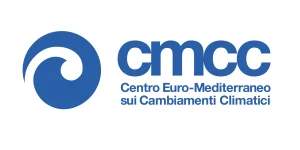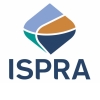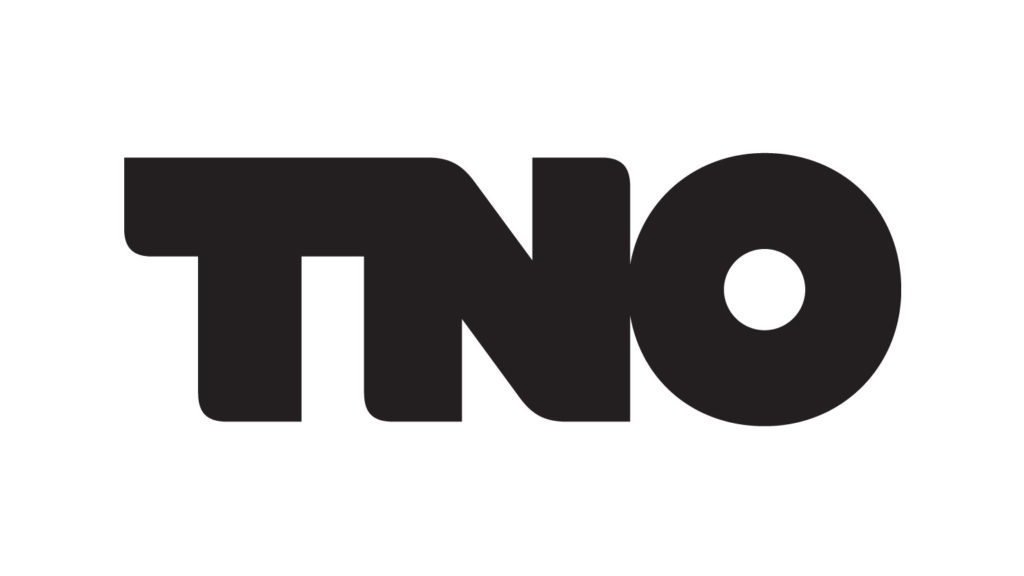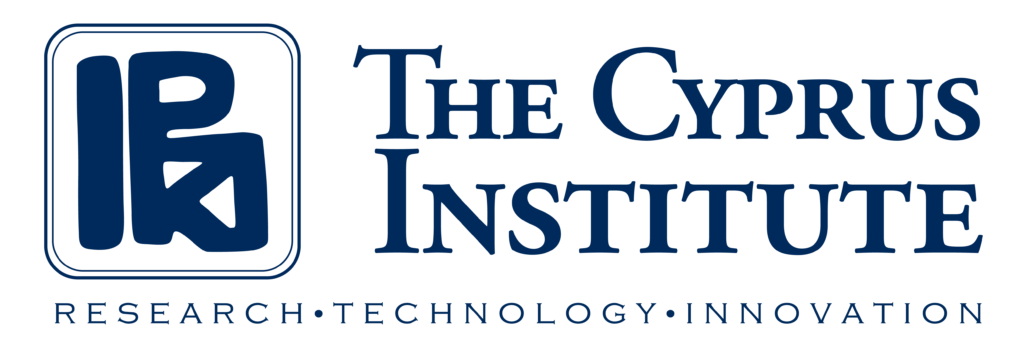About AVENGERS
AVENGERS is a Research and Innovation project funded under the Horizon Europe programme of the European Union. The project was funded under the call on “Climate sciences and responses (HORIZON-CL5-2022-D1-02)”.
AVENGERS is coordinated by the Lund University Department of Physical Geography and Ecosystem Science, in Sweden, and has 13 Partners from 6 countries.
The project runs for 48 months from January 2023 to December 2026.


Attributing and Verifying European and National Greenhouse Gas and Aerosol Emissions and Reconciliation with Statistical Bottom-up Estimates – AVENGERS
The AVENGERS project will develop methodologies for the use of high-quality atmospheric data in national GHG inventory reports, in close cooperation between atmospheric scientists and inventory compilers. The project will apply several inverse modelling systems to estimate national GHG and aerosol emissions, and, with the help of case-studies based on user-stories, focus on key uncertainties in inventories.
AVENGERS objectives
The project’s overall objective is to reconcile reported GHG emissions with independent information from atmospheric observations using top-down methods and process-based models, and thereby reduce the most important uncertainties of national emission inventories. Specific objectives (SO 1-8) are shown in the graph below.
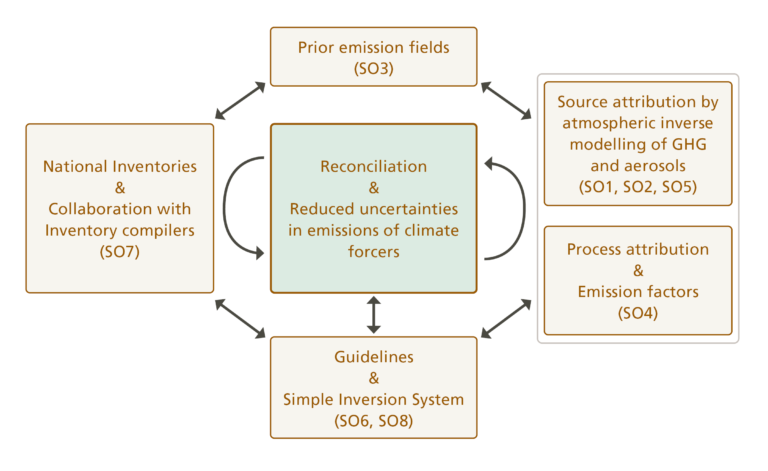
Advance atmospheric inverse modelling capacities to perform multi-tracer inversions making use of isotope observations, space-based GHG observations and co-emitted species to estimate anthropogenic emissions.
Advance the provision of high-resolution prior emissions by use of innovative activity data.
Assess and improve the accuracy of emission factors using process-based models of terrestrial emissions.
Advance the estimation of aerosol emissions and their radiative forcing using atmospheric observations.
Investigate the design elements for an optimal and cost-effective verification network combining in-situ and space-based instrumentation.
Provide a user-friendly and flexible atmospheric inverse modelling system for agencies responsible for the development of National Inventory Reports (NIRs).
Provide best-practice guidelines and tools for the implementation of top-down methods in support of the NIR preparation in collaboration between inverse modellers and inventory compilers.
Establish links to international programmes and provide inputs to international activities in support of the Paris Agreement and to transfer and ensure replicability of methodologies outside of Europe.
work structure
AVENGERS is structured around 7 Work Packages (WP). An 8th WP was later added to include the Climate & Atmosphere Research Center” (CARE-C) of the Cyprus Institute in the project through the “Hop-On Facility” – a mechanism to further extend the AVENGERS’ methodology to a geographical area (Eastern Mediterranean and Middle East).

Further elaboration on the work packages:
The overall goal of WP1 is the reconciliation of reported GHG emissions and removals in national inventories as currently reported in the NIR and corresponding CRF-tables to the UNFCCC and EU (bottom-up) with measured atmospheric signals based on the top-down approach.
WP2 will estimate anthropogenic emissions at country scale for the three major GHGs: CO2, CH4 and N2O from atmospheric observations by inverse modelling. Estimates will be generated for all countries in western and central Europe by conducting continental scale simulations and taking advantage of the growing European measurement infrastructure, notably the ICOS in-situ network and the TROPOMI satellite.
WP3 aims to estimate aerosol emissions and radiative forcings (both aerosol-radiation interactions and aerosol-cloud interactions) over Europe so they can be compared to GHG forcings. First, aerosol emissions will be estimated from satellite and in-situ observations (top-down) and compared to traditional bottom-up inventories (e.g. CAMS). Next the emissions will be used to improve estimates of aerosol forcings. The impact of future satellite missions on the ability to estimate aerosol emissions and forcings will also be assessed.
WP4 employs process-based terrestrial ecosystem models to estimate emissions, and subsequently
emission factors, for all three GHGs under different management scenarios in the Agriculture, Forestry and Other Land Use (AFOLU) sector for selected case study countries (Italy, Sweden, The Netherlands). The details of the case studies will be defined in WP1.
WP5 will quantify the implications of changes in the current observing system (i.e. the combination of available in-situ and remote sensing observations) on top-down emission estimates for major GHGs at scales ranging from European to national to hotspot.
WP6 brings the outcome of the project to the service of the global stocktake of the Paris Agreement and provides input and contributions to international programmes and assessments (such as IPCC and Global Carbon Project), through the identification of open data and metadata standards, facilitating the transfer of information and tools, and ensuring the replicability of methodologies and tools worldwide
WP7 provides the technical and scientific coordination and project management, the administrative and financial management, the risk and quality management, and the communication and dissemination activities.
WP8 relates to a “Hop on facility”, extending some aspects of AVENGERS over a Widening Country (Cyprus) and a Widening region, the Eastern Mediterranean and Middle East (EMME). The Hop-On partner is the Climate & Atmosphere Research Center (CARE-C) of the Cyprus Institute (CyI).
Our partners
Related EU-funded projects
AVENGERS is one of three European Research Projects funded under the same call of the Horizon Europe framework that have a similar overarching objective – to support and improve national greenhouse gas emission estimates. The other two “sister projects” are Process Attribution of Regional emISsions (PARIS) and vErifYing Emissions of CLIMAte forcers (EYE-CLIMA).


